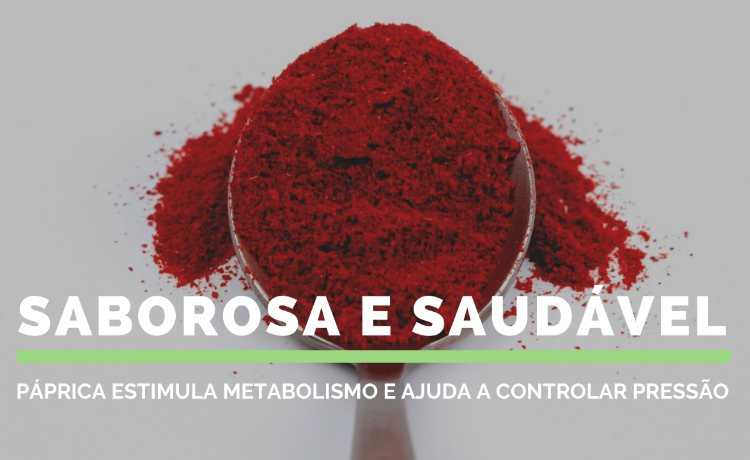Lead: applications, risks and prevention
Known since ancient times, lead is the fifth most used metal in the industry.

Stux image by Pixabay
Lead is a chemical element with atomic number 82, atomic mass 207.2 and belonging to group 14 of the periodic table. It is characterized by being a heavy, toxic and malleable metal. At room temperature, lead is found in a solid state, with a bluish-white color and, in contact with air, it becomes grayish. In its elemental form, lead is rarely found in nature. Thus, it is more common to find it in minerals such as galena, anglesite and cerusite.
In addition, lead has characteristics such as:
- Blue-white, grayish color when exposed to air;
- Melting point at 327.4 °C and boiling point at 1,749 °C;
- High density and durability;
- Resistance to wear by air and water;
- Medium resistance to corrosion in acidic environments;
- Low corrosion resistance in basic environments;
- Ease of fusing and forming alloys with other chemical elements.
lead history
The term lead derives from the Latin word plumbum, which means heavy. This chemical element was discovered in antiquity and is mentioned in the book of Exodus: "At the breath of your breath the sea buried them; they sank like lead in the vastness of the waters."
A statuette found in the temple of Osiris, in Egypt, is considered the oldest fragment of lead, with a creation date in 3800 BC. The smelting process of this metal probably started in China in approximately 3,000 BC.
Later, the Phoenicians began to produce the metal in 2000 BC. In the Roman Empire, lead pipes were built and that still remain in place. From 700 BC onwards, the Germans began to explore this element. At the beginning of the 17th century it was Britain's turn to melt lead.
Lead Applications
In its pure state, lead is rarely found in nature, as there is a small amount of lead in the earth's crust. When found, it is usually in the form of a mineral compound. Lead has several types of utilities, being found in numerous products, such as:
- Various equipment and utensils in industries and construction;
- Ammunition;
- Cosmetics and pigments, especially lipsticks and hair dyes. Due to its toxicity, some countries have banned its presence in cosmetics;
- Metal alloys;
- Fuel additive. In 1992, Brazil banned the use of lead in gasoline, as this element was a source of environmental contamination;
- Radiation shielding blankets;
- Welding production.
lead poisoning
Lead occurs naturally, however human activities can cause an imbalance in the concentrations of this metal in the environment. When inhaled or ingested, lead can cause intoxication. The main effects of this metal on the body are:
- Changes in hemoglobin production and development of anemia;
- Hormonal dysregulation;
- Fatigue, muscle and joint pain;
- Gastrointestinal disorders (nausea, vomiting and abdominal pain);
- Miscarriages;
- Neurological disorders (headache, irritability and lethargy);
- Male fertility problems;
- Decreased learning in children;
- Interrupted growth in children.
The International Agency for Research on Cancer (IARC) has classified inorganic lead compounds as likely carcinogens to humans.
It is important to emphasize that lead does not decompose over time nor is it degraded by the effect of heat. It has the ability to accumulate in the body, especially in the kidneys, liver, brain and bones. Also, pregnant women and children are more susceptible to lead poisoning.
Environmental impacts caused by lead
Since the 1970s, lead consumption has increased significantly in developing countries. One of the effects of this high consumption is the pollution and contamination of water, soil and air.
Lead is present in air pollution thanks to the burning of fossil fuels and industries that employ lead fusion in their manufacturing processes. Until the 1990s, the addition of tetraethyl lead (CTE) to increase the octane of gasoline was common in several countries, so automobiles were considered the biggest source of lead air pollution. In Brazil, CTE was banned from gasoline in 1989. However, much of the lead contamination of soils can still be attributed to its uses in the past.
Contamination of the environment with lead can also result from accidents and inadequate disposal of waste. This substance is able to persist in the soil and in the bottom of rivers for several decades. As a result, lead accumulates along food chains: animals at the top of the chain accumulate high levels of lead as they feed on contaminated beings, which can develop health problems.
How to avoid contact with lead
Some measures can be taken to avoid contact with lead. When buying a cosmetic product, such as lipsticks, nail polish or hair dyes, make sure there is no lead in the product's composition and look for reputable brands.
When painting the house, try to find out if the paint has any traces of lead in its manufacturing process. Never use lead-based solders, as the element can be leached by water and end up being ingested in the future. Always stay informed about the dangers of using lead and other substances that are harmful to health and the environment.










